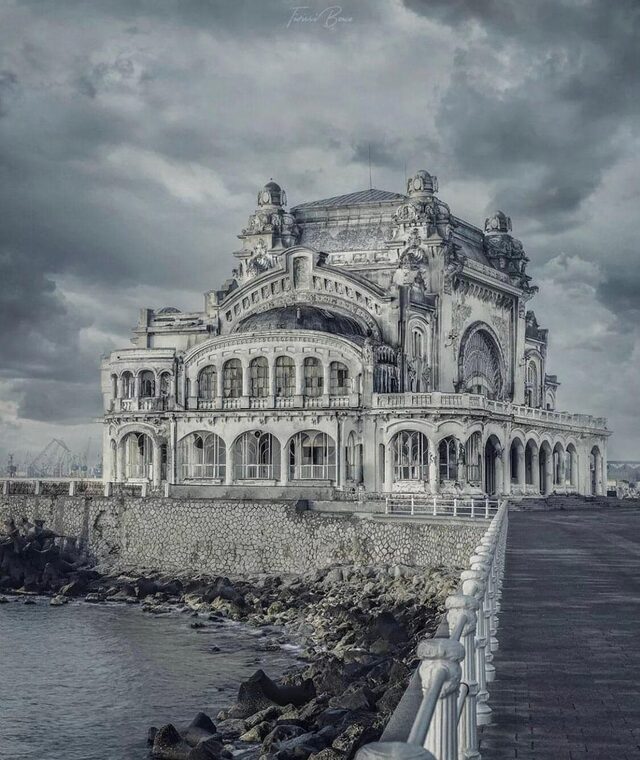On the shores of the Black Sea in Constanta, Romania, stands a building that embodies grandeur and melancholy: the abandoned Casino of Constanta. Once a beacon of elegance and a gathering place for aristocrats and royalty, this architectural masterpiece is now a haunting reminder of a bygone era. Its decaying walls whisper stories of opulence, war, and neglect, captivating visitors with its rich history and poignant beauty.
The Vision: Art Nouveau Dream
At the dawn of the 20th century, Romania was experiencing a period of economic prosperity. The city of Constanta, eager to showcase its newfound wealth and cultural sophistication, sought to construct a casino that could rival the grand establishments of Monte Carlo. The task fell to Swiss-Romanian architect Daniel Renard, who brought the elegance of the Art Nouveau movement to life.

Completed in 1910, the Casino of Constanta was a marvel of design. Its facade featured intricate sculptures and shell motifs, while the interior boasted a grand marble staircase, hand-engraved ceilings, and stained-glass windows that bathed the rooms in vibrant colors. It was more than just a casino; it was a statement of ambition and a celebration of Romanian artistry and innovation.
The building quickly became a landmark, drawing visitors from across Europe who were eager to experience its luxurious atmosphere. It was a dream realized, standing proudly as a symbol of Romania’s aspirations and success.
Video:
The Golden Age: A Playground for Aristocrats
During its golden years, the casino was a hub of high society. European nobility, wealthy businessmen, and even members of royalty frequented its halls, making it a jewel of the Black Sea coast. The air was filled with the clinking of champagne glasses and the rustle of silk gowns as fortunes were made and lost beneath the intricately carved ceilings.
The casino wasn’t just a gambling house; it was a cultural epicenter. Lavish balls and extravagant events were held in its opulent rooms, attracting the elite from across the continent. It became a symbol of elegance and sophistication, embodying the grandeur of an era when Romania stood on the precipice of modernization.
Even during World War I, the casino found a way to serve. Transformed into a hospital, it cared for the wounded, offering a stark contrast to its usual role as a venue for celebration and indulgence.
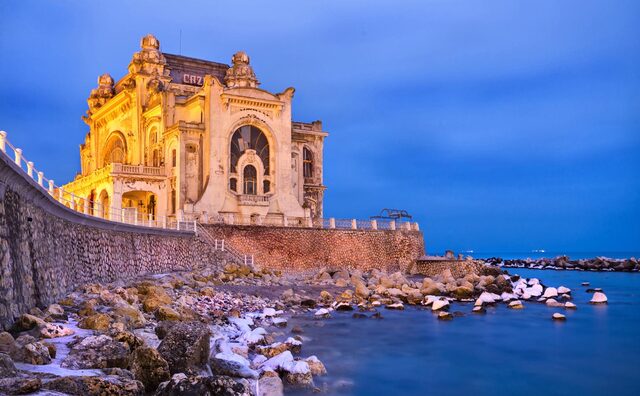
Winds of Change: War and Communist Rule
The casino’s decline began during World War II. Once again, it was repurposed as a hospital, and its once-glamorous halls were filled with the groans of soldiers rather than the laughter of revelers. The aftermath of the war marked a significant turning point, as Romania transitioned from monarchy to communist rule.
Under the communist regime, the casino’s association with capitalism and excess made it a symbol of the past that the government sought to distance itself from. The building was placed under state administration, but its grandeur was replaced by a more utilitarian atmosphere. The ornate decor faded, and the casino became a shadow of its former self.
Maintenance of the building deteriorated during this period, and the once-pristine structure began to show signs of neglect. The opulence that had defined the casino was slowly eroded, leaving behind only traces of its former glory.
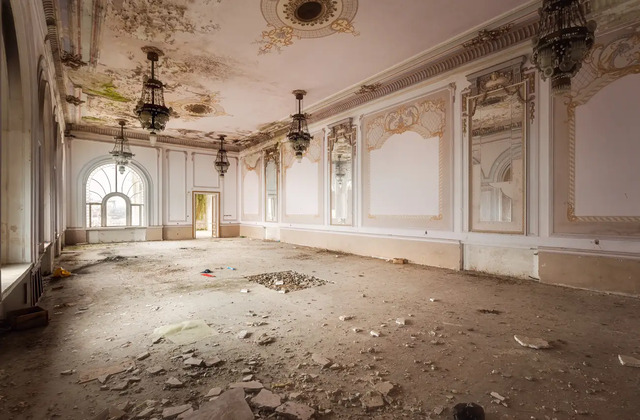
The Collapse: Neglect and Ruin
The final blow came in 1990, following the fall of communism in Romania. The casino was closed, and the transition to a market economy left little room for the preservation of such a structure. Resources were scarce, and the will to restore the building was lacking.
Exposed to the elements, the casino began to crumble. Salt-laden winds from the Black Sea corroded its facade, and vandals stripped away anything of value. The roof leaked, allowing water to seep into the interior and cause further damage. Despite this, the casino retained a haunting beauty that continued to draw urban explorers and photographers.
Its deserted halls, adorned with remnants of its ornate past, offered a glimpse into a world that had long since vanished. For many, the casino became a symbol of Romania’s turbulent history—a poignant reminder of both its triumphs and its challenges.
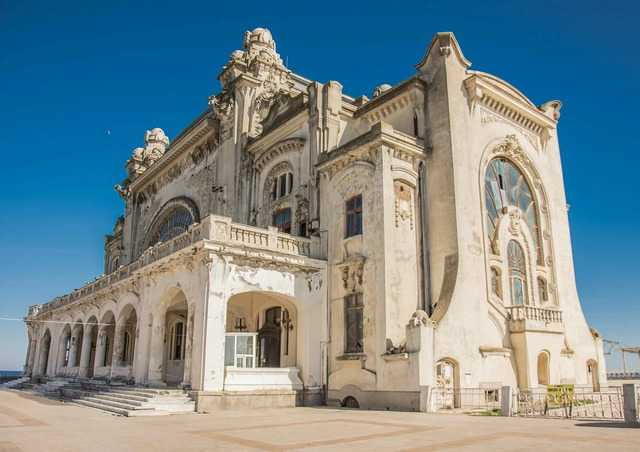
Restoration Efforts: A Glimmer of Hope
In recent years, efforts to save the Casino of Constanta have gained momentum. Recognizing its historical and cultural significance, the Romanian government, along with funding from the European Union, announced plans to restore the building to its former glory.
The restoration process, however, has been slow. Bureaucratic hurdles, financial challenges, and labor shortages have delayed progress. Despite these obstacles, the casino remains a beacon of hope for those who dream of seeing it revived. Its iconic status and potential as a tourist destination continue to fuel efforts to preserve it for future generations.
The restoration project aims not only to repair the damage but also to honor the casino’s legacy as a symbol of Romania’s rich architectural heritage. While progress has been gradual, the dream of seeing the casino restored to its Art Nouveau splendor remains alive.
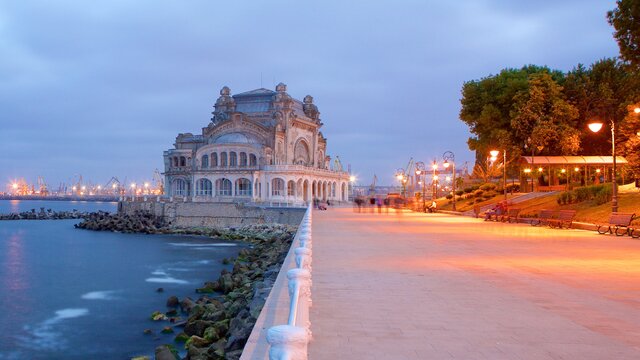
The Present and Future: A Question of Fate
As of 2024, the fate of the Casino of Constanta hangs in the balance. It stands as both a relic of the past and a challenge for the future—a reminder of the impermanence of grandeur and the resilience of beauty. Whether it will be fully restored or remain a haunting ruin is yet to be seen.
The casino’s story resonates with visitors and locals alike, serving as a metaphor for the passage of time and the fragility of human ambition. It symbolizes our desire to hold onto beauty, even as it fades, and our determination to preserve the legacies of those who came before us.
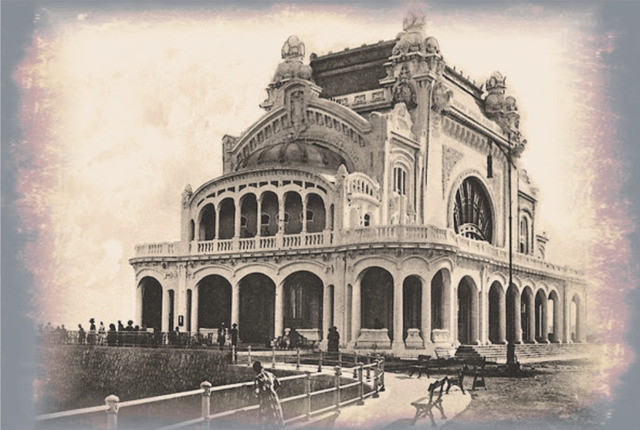
Conclusion: Holding Onto a Legacy
The abandoned Casino of Constanta is more than just a building—it is a testament to the complexities of history and the enduring power of architecture to tell stories. Its walls, though weathered and worn, echo with the laughter of aristocrats, the cries of soldiers, and the whispers of a nation’s dreams.
Whether it is restored or left to stand as a ruin, the casino’s legacy will endure. It is a symbol of resilience, a reminder of the fleeting nature of glory, and a source of inspiration for those who seek to preserve the past while looking toward the future. The Casino of Constanta is not just a piece of Romania’s history—it is a part of its soul.
